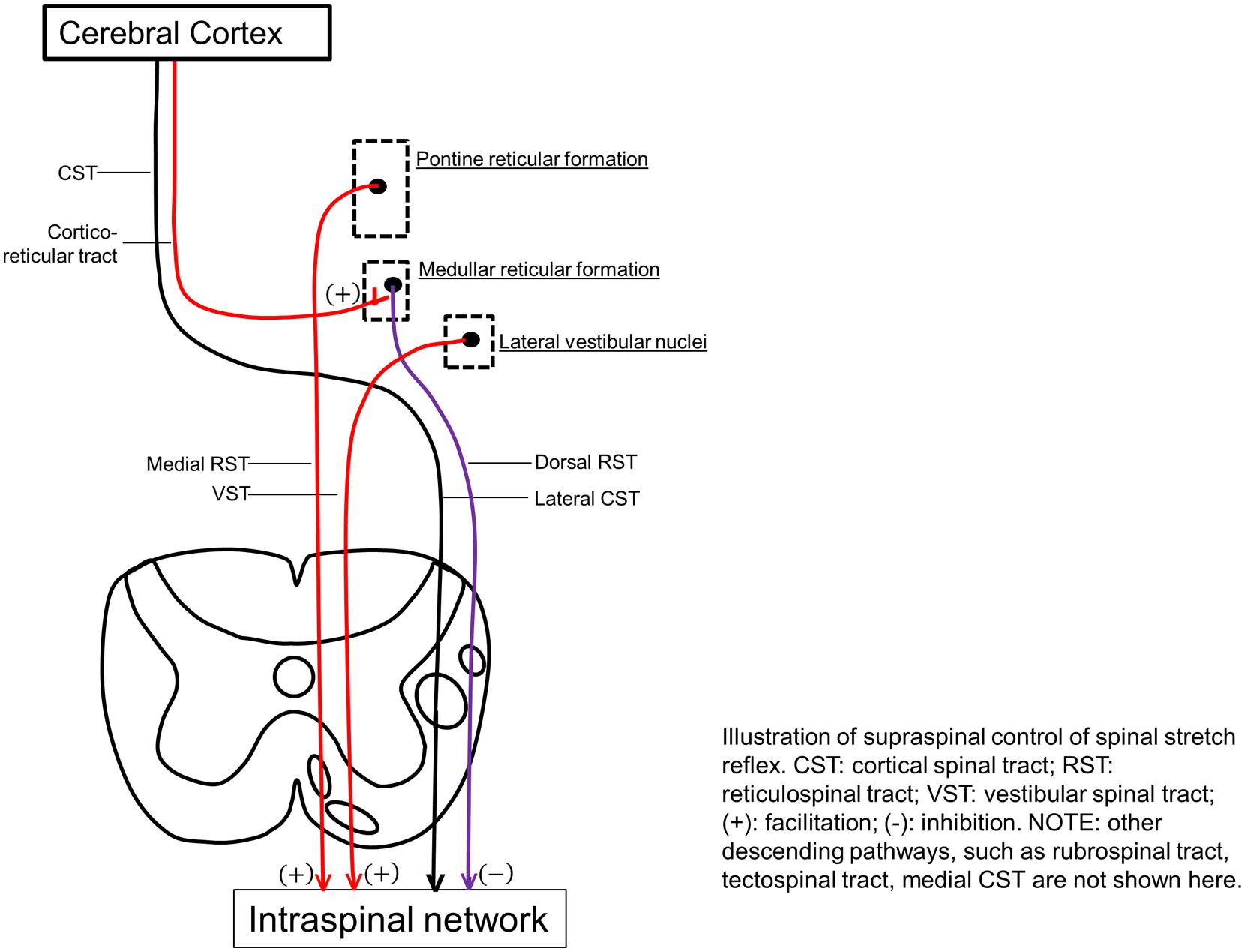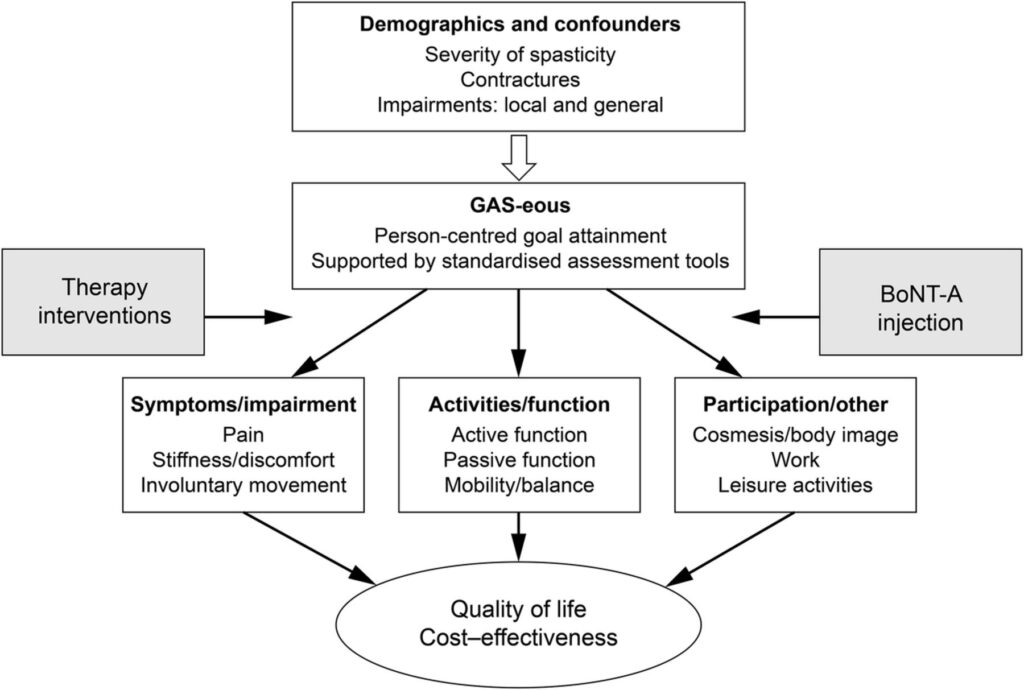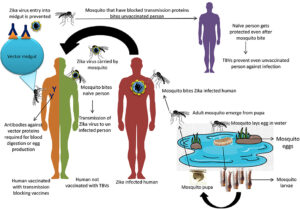Spasticity is a condition characterized by involuntary muscle contractions that lead to stiffness or tightness in the muscles. It often affects individuals with neurological disorders such as multiple sclerosis, cerebral palsy, or spinal cord injuries. These muscle contractions can interfere with daily activities, mobility, and overall quality of life. Understanding Spasticity, its underlying causes, symptoms, and available management options is essential for patients and caregivers alike.

What is Spasticity?
Spasticity occurs when there is an imbalance in the signals sent from the central nervous system to the muscles. The central nervous system, which includes the brain and spinal cord, normally controls muscle movement through a delicate balance of excitatory and inhibitory signals. When this balance is disrupted, it can result in overactive muscle responses, leading to spasticity.
This condition often manifests as increased muscle tone, making it difficult for individuals to control their movements. In severe cases, spasticity can cause deformities, joint damage, and chronic pain. Recognizing the signs early and seeking appropriate treatment can help manage the condition effectively.
Causes of Spasticity
Spasticity is typically caused by damage or dysfunction in the central nervous system. This damage disrupts the communication between the brain and the muscles, leading to abnormal muscle contractions. Below are some common causes:
Neurological Disorders
- Multiple Sclerosis: A chronic autoimmune disease that affects the protective covering of nerve fibers, leading to communication problems between the brain and the rest of the body.
- Cerebral Palsy: A group of disorders that affect movement and muscle tone, often caused by damage to the developing brain before, during, or shortly after birth.
- Stroke: A sudden interruption of blood flow to the brain, which can cause lasting damage to brain cells and disrupt normal muscle function.
Trauma and Injuries
- Spinal Cord Injury: Damage to the spinal cord can interrupt the flow of signals between the brain and the muscles, resulting in spasticity.
- Brain Injury: Traumatic brain injuries or conditions like tumors can also lead to spasticity by affecting the areas of the brain responsible for motor control.
Other Medical Conditions
- Metabolic Disorders: Certain metabolic conditions, such as phenylketonuria, can impact brain function and contribute to spasticity.
- Infections: Severe infections like meningitis or encephalitis can damage the central nervous system and trigger spasticity.
Symptoms of Spasticity
The symptoms of spasticity can vary depending on the severity of the condition and the underlying cause. Some individuals may experience mild discomfort, while others may face significant challenges in performing everyday tasks. Common symptoms include:
Muscle Stiffness and Tightness
One of the hallmark symptoms of spasticity is muscle stiffness. This stiffness can make it difficult to move or stretch the affected muscles. Individuals may notice that their muscles feel rigid or resistant to movement, even during simple activities like walking or reaching for objects.
Involuntary Muscle Contractions
Involuntary muscle contractions, also known as spasms, are another common symptom. These contractions can occur suddenly and unpredictably, causing jerky or exaggerated movements. Spasms may be triggered by external stimuli such as touch, temperature changes, or emotional stress.
Pain and Discomfort
Chronic pain is a frequent complaint among individuals with spasticity. The constant tension in the muscles can lead to discomfort, soreness, and even debilitating pain. Over time, this pain can interfere with sleep, mood, and overall well-being.
Decreased Range of Motion
Spasticity can significantly limit the range of motion in affected joints. This limitation can make it challenging to perform basic tasks such as bending, twisting, or lifting. In severe cases, joint deformities may develop due to prolonged muscle tightness.
Difficulty with Coordination
Individuals with spasticity often struggle with coordination and fine motor skills. Tasks that require precise movements, such as writing or buttoning a shirt, may become increasingly difficult. This lack of coordination can also increase the risk of falls and injuries.
Management Options for Spasticity
While there is no cure for spasticity, several management options can help alleviate symptoms and improve quality of life. Treatment plans are often tailored to the individual’s specific needs and may involve a combination of therapies, medications, and lifestyle adjustments.
Physical Therapy
Physical therapy plays a crucial role in managing spasticity. A trained therapist can design a personalized exercise program to improve flexibility, strength, and coordination. Stretching exercises, in particular, can help reduce muscle stiffness and prevent joint contractures.
In addition to stretching, physical therapists may use techniques such as massage, heat therapy, and hydrotherapy to relax the muscles and relieve pain. Regular physical activity can also enhance overall mobility and promote better posture.
Medications
Several medications are available to help control the symptoms of spasticity. These medications work by targeting the central nervous system to reduce muscle overactivity. Commonly prescribed options include:
- Muscle Relaxants: Medications like baclofen and tizanidine can help relax the muscles and reduce stiffness.
- Antispasmodic Drugs: These drugs, such as diazepam, target the nervous system to minimize muscle spasms.
- Botox Injections: Botulinum toxin injections can temporarily paralyze specific muscles, providing relief from localized spasticity.
Surgical Interventions
In cases where spasticity is severe and does not respond to conservative treatments, surgical interventions may be considered. One common procedure is the implantation of a baclofen pump, which delivers medication directly to the spinal cord. This method allows for more targeted treatment with fewer side effects compared to oral medications.
Orthopedic surgeries may also be performed to correct joint deformities or release tight tendons. These procedures can help restore mobility and improve function in individuals with long-standing spasticity.
Lifestyle Modifications
Making certain lifestyle adjustments can complement medical treatments and enhance overall well-being. For example, maintaining a healthy weight can reduce strain on the muscles and joints. Additionally, using assistive devices such as braces, splints, or walkers can provide support and improve mobility.
Stress management techniques, such as mindfulness meditation and deep breathing exercises, can also help reduce the frequency and intensity of muscle spasms. Adequate rest and proper hydration are equally important for managing symptoms effectively.
Alternative Therapies
Some individuals find relief from spasticity through alternative therapies. Acupuncture, for instance, has been shown to reduce muscle tension and improve circulation. Chiropractic care may also help align the spine and alleviate pressure on the nervous system.
Herbal remedies and dietary supplements, such as magnesium and omega-3 fatty acids, are sometimes used to support muscle health. However, it is essential to consult a healthcare provider before trying any new supplement, as they may interact with existing medications.
Importance of Early Intervention
Early intervention is key to managing spasticity effectively. Identifying the condition in its early stages allows for timely treatment, which can prevent complications such as joint deformities and chronic pain. Regular follow-ups with healthcare providers ensure that the treatment plan remains effective and can be adjusted as needed.
Education and awareness are also critical components of managing spasticity. Patients and caregivers should be informed about the condition, its progression, and available resources. Support groups and counseling services can provide emotional support and practical advice for coping with the challenges of spasticity.





